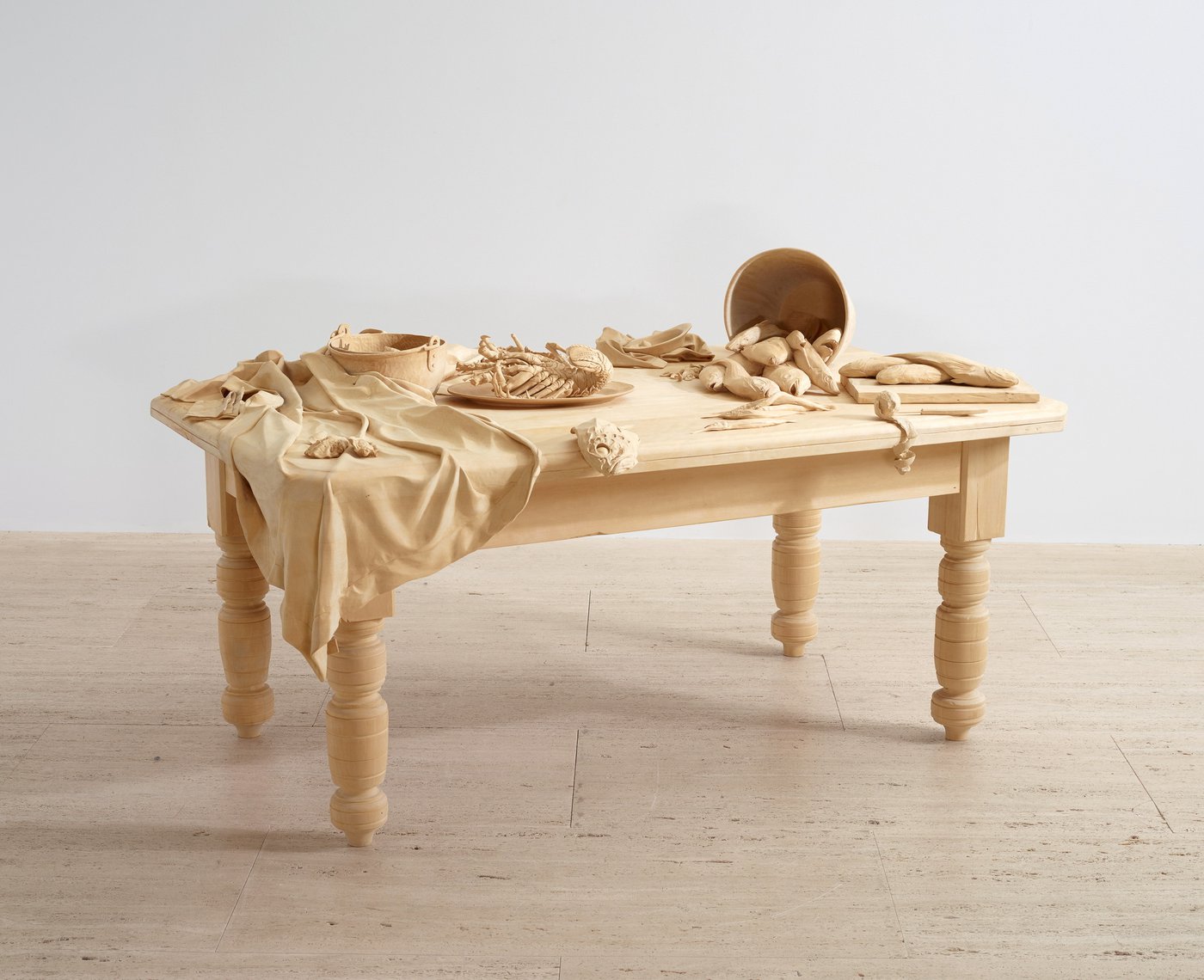Menu
Portraiture
Pushing the boundaries

Julie Rrap, Non-portraits (Julie Rrap), 1990-1992

Anne Zahalka, Artist #47 (Debra Phillips), from the series Artists, 1990

Francis Bacon, Study for self-portrait, 1976

John Nixon, Self portrait (Non-objective composition), 1984

Tom Polo, The most elaborate disguise, 2016, 2019

Ricky Swallow, Killing Time, 2003-2004
REFLECT | Defining portraiture
What is your definition of a portrait? Must a portrait always include a person’s face? Should it try to be an exact physical likeness?
ENGAGE | New portraiture
In the classroom, create an unconventional portrait. Write an artist’s statement to accompany the work. Curate a class exhibition titled New portraiture. Debate the topic ‘Is portraiture relevant today?’
INVESTIGATE | Artwork and audience
Consider the role of the audience. Would a portrait be executed differently if it were for private viewing rather than display in a public place? Discuss.
REFLECT | A postmodern portrait
Can a portrait based on humour and parody still be taken seriously? What roles can exaggeration, idealisation and expressionism play in successfully representing another person?
INVESTIGATE | Research
Research contemporary approaches to the self-portrait. How has the subject of the self remained relevant in contemporary art practice?
CREATE | Shadow portraits
According to the Roman scholar Pliny the Elder (23–79 CE), portraiture originated in tracing lines around a human shadow. Working in pairs, use the sun or artificial light to cast a shadow of one person onto a large piece of paper on the ground. The other person outlines this shadow then fills it with words and images that best describe the person casting the shadow.

